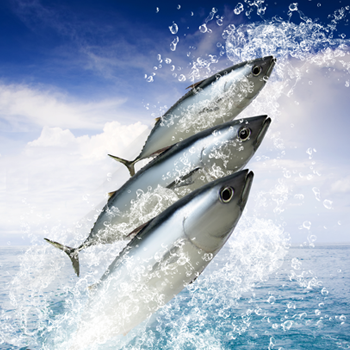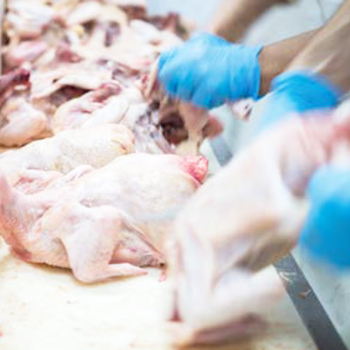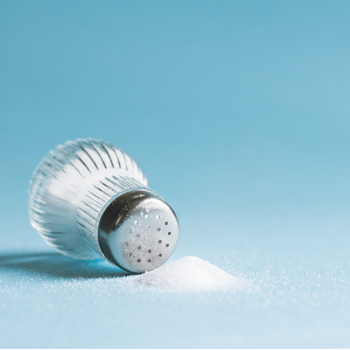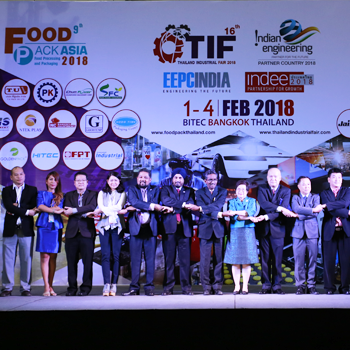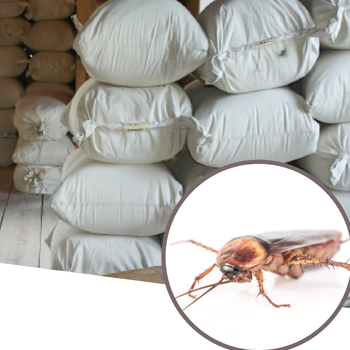ศูนย์นวัตกรรม Global Innovation Incubator (Gii)
สร้างความแตกต่างด้วยนวัตกรรม
โดย:
Editorial Team
Food Focus Thailand Magazine
ด้วยเป้าหมายที่ชัดเจนในการให้ความสำคัญกับนวัตกรรมเพื่อสร้างอนาคตของธุรกิจ ทางบริษัท ไทยยูเนี่ยนกรุ๊ป จำกัด (มหาชน) จึงได้จัดตั้งศูนย์นวัตกรรม (Global Innovation Incubator หรือ Gii) ขึ้นในปี 2558 โดยเป็นความร่วมมือระหว่างไทยยูเนี่ยน และคณะวิทยาศาสตร์ มหาวิทยาลัยมหิดล เพื่อสร้างสรรค์นวัตกรรมตอบโจทย์ความต้องการของตลาดและผู้บริโภค ด้วยงบลงทุนกว่า 900 ล้านบาท จนถึงปัจจุบันนี้
ศูนย์กลางด้านการวิจัยและพัฒนา
“หากเป็นงานวิจัยและพัฒนาผลิตภัณฑ์ในแนวทางการปรับปรุงและพัฒนาสูตร (Cuisine development) หรืองานวิจัยและพัฒนาที่มีองค์กรอื่นๆ ทำอยู่แล้ว นั่นไม่ใช่เป้าหมายของ Gii” ดร.ธัญญวัฒน์ เกษมสุวรรณ ผู้อำนวยการกลุ่มด้านนวัตกรรมของไทยยูเนี่ยน กล่าวเริ่มต้น พร้อมขยายความว่า ไทยยูเนี่ยนมีหน่วยงานวิจัยและพัฒนาผลิตภัณฑ์ (R&D) อยู่แล้วทั้งในโรงงานเองและหน่วยงานด้าน R&D ในประเทศฝรั่งเศส โดยเน้นไปในแนวทางการปรับปรุงและพัฒนาสูตร แต่ด้วยวัตถุประสงค์ที่จะเป็นศูนย์กลางการวิจัยและพัฒนาผลิตภัณฑ์ของบริษัทในเครือไทยยูเนี่ยนทั่วโลก รวมทั้งเป็นศูนย์กลางในการคิดค้นนวัตกรรมเพื่อมาพัฒนาปรับปรุงกระบวนการผลิตและหมวดหมู่ผลิตภัณฑ์ต่างๆ โดยเฉพาะวัตถุดิบปลาทูน่าและผลิตภัณฑ์ที่เกี่ยวกับอาหารทะเลเพื่อสร้างคุณประโยชน์สูงสุดต่อผู้บริโภค ทั้งยังทำหน้าที่เชื่อมโยงทางวิทยาการโภชนาการสมัยใหม่เข้ากับนวัตกรรมการผลิต เพื่อสร้างสรรค์ผลิตภัณฑ์ที่ตอบสนองต่อความต้องการของตลาดและอุตสาหกรรมอาหารโลก ทางไทยยูเนี่ยนจึงได้จัดตั้งศูนย์นวัตกรรมขึ้นบนพื้นที่กว่า 1,200 ตารางเมตร ณ ตึกเอ็น (N) ชั้น 6 ภายในคณะวิทยาศาสตร์ มหาวิทยาลัยมหิดล นับเป็นศูนย์วิจัยและพัฒนาที่มีความทันสมัยที่สุดแห่งแรกของวงการอุตสาหกรรมอาหารทะเล
นวัตกรรมสร้างความแตกต่าง
“เราต้องตีโจทย์ความต้องการของผู้บริโภคให้แตก และสรรหาเทคโนโลยีที่เหมาะสม เพื่อขยายผลออกมาเป็นผลิตภัณฑ์ให้ได้” ดร.ธัญญวัฒน์ กล่าว พร้อมยกตัวอย่างผลงานชิ้นโบว์แดงจากศูนย์นวัตกรรมที่ได้ขยายไปสู่เชิงพาณิชย์ ได้แก่ ทูน่าสไลซ์ และไส้กรอกทูน่า ผลิตภัณฑ์นวัตกรรมทั้งสองชนิดผลิตจากวัตถุดิบธรรมชาติ 100%
With a clear focus on innovation that hopes to lay solid future for the company, Thai Union Group PCL set up its Global Innovation Incubator (Gii) in 2015. Over THB 900 million has been investing in several projects to create innovations that will answer demand of the market and consumers, under the research collaboration of Thai Union and Mahidol University’s Faculty of Science.
Center of Research and Development
“Research and development in terms of cuisine development, or research and development that has been conducted by other organizations is not the target of Gii”, explained Dr.Tunyawat Kasemsuwan, Global Innovation Director of Thai Union. As of now, Thai Union already has R&D units both at its factories and a separate R&D unit in France that focuses on cuisine development. However, Gii plans to become the center of research and development for all Thai Union products that are sold and to be sold across the globe, as well as an innovation center to develop production process and product categorization, particularly tuna and seafood, to bring out the greatest benefits for consumers. Not only that, Gii is also positioned as a hub linking advanced researches in nutrition with the company’s processing chain to create products that fit nicely to the market demand and the global food supply chain. These reasons are why Thai Union established Gii across 1,200 sq.m. on 6th floor of the N building at the Faculty of Science, Mahidol University. The center is considered to be the first and most advanced R&D center in the seafood industry.
Innovations that Create Differences
“We need to crack the code and truly understand the consumers’ demand, then find the right technology to bear fruitful result which is the product”, said Dr.Tunyawat. He later exampled patented “sliced tuna and “tuna sausage”. Notably, the products are manufactured using 100% natural ingredients.
